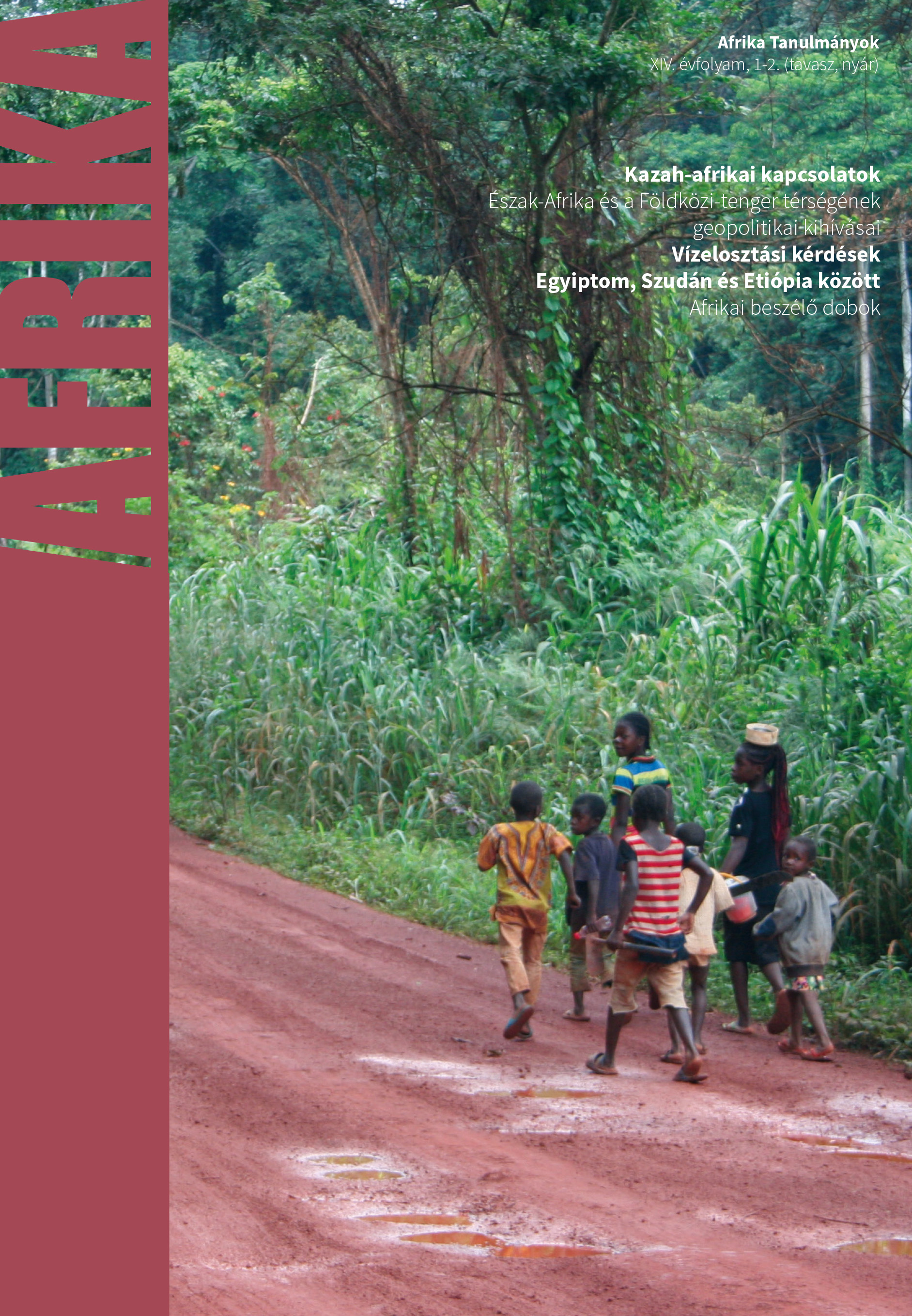A megegyezés gátja: vízelosztási kérdések Egyiptom, Szudán és Etiópia között
DOI:
https://doi.org/10.15170/AT.2020.14.1-2.2Absztrakt
Recent developments of the Grand Ethiopian Renaissance Dam aiming to utilize the River Nile’s water for electricity production sparked serious debates in Africa. Under construction since 2011, the project has severe geopolitical consequences not only in its immediate neighbourhood but also in the downstream countries such as Sudan and Egypt that are almost exclusively reliant on the river’s water for industrial, agricultural, and household purposes. Although the Nile is the longest river on Earth, its water is shared by tens of millions of users in a region characterized by water scarcity. Therefore, the Ethiopian dam, with its potentially negative consequences, is considered an existential threat for Egypt and contributes to the political tensions between the two distant countries.
This analysis aims to present the political choices behind this megaproject focusing on Egypt, Sudan, and Ethiopia and the impacts that different scenarios of water usage (how fast the reservoir behind the Dam is filled) may have on the downstream countries. In this sense, negotiations on the completion of the Dam and the hydroelectric power plant are crucial for Egypt’s water resources. My analysis tries to shed light on the importance of this topic in the Egyptian political discourse
and show the changes in the political leeway of Egyptian leadership since 2011. As the case provides yet another illustration of interconnected environmental issues, my research also highlights the political and economic dilemmas embedded in similar situations.
##submission.downloads##
Megjelent
Hogyan kell idézni
Folyóirat szám
Rovat
License

This work is licensed under a Creative Commons Attribution-NonCommercial-NoDerivatives 4.0 International License.


